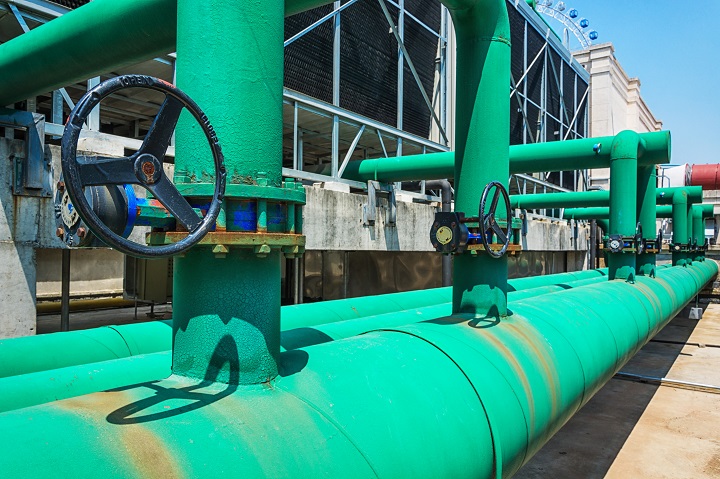 The industrial world is vast and intricate, with many systems interweaving to create a seamless operation. Among these, the unseen arteries of industries stand out as fundamental: the flowlines and pipelines. They’re not just mere pipes running underground; they represent the very lifelines of various sectors. As we discuss deeper, we’ll explore how a leading industrial piping company helps streamline these lifelines and why differentiating between them matters.
The industrial world is vast and intricate, with many systems interweaving to create a seamless operation. Among these, the unseen arteries of industries stand out as fundamental: the flowlines and pipelines. They’re not just mere pipes running underground; they represent the very lifelines of various sectors. As we discuss deeper, we’ll explore how a leading industrial piping company helps streamline these lifelines and why differentiating between them matters.
Exploring with an Industrial Piping Company: Why Do We Need Flowlines?
In the industrial sector, efficiency and fluidity of operations are paramount. Flowlines ensure that they are very efficient. At their core, flowlines are systems designed to transport raw materials, often in their natural, unprocessed state, from the extraction site to the processing facilities. It might sound simple, but the sophistication and precision that goes into designing and implementing these flowlines are remarkable. Whether it’s oil, gas or water, flowlines ensure that these materials are moved swiftly and safely, safeguarding both the environment and the quality of the material.
Distinguishing the Pathways: Flowlines vs. Pipelines
-
Flowlines: The Initial Passageways
Flowlines act as the first connection from the extraction site. They are pivotal in the preliminary transportation phase, primarily moving raw materials over shorter distances. Their intricate design ensures they cater to the specific requirements of the material they’re moving. They also maintain the pressure and flow rates necessary for safety and efficiency.
-
Pipelines: The Long Haul Movers
Once materials leave the flowlines and undergo primary processing, they journey through pipelines. Pipelines are responsible for the long-distance transporting of these processed or semi-processed materials to refineries, factories or the market. Given their extended reach, they often traverse multiple terrains and even national boundaries. A trusted industrial pipe supplier is crucial in ensuring these pipelines are durable, safe and fit for purpose.
Drawing Clear Lines: Key Distinctions between Flowlines & Pipelines
- Purpose and Function: While flowlines transport unprocessed raw materials over short distances from the source, pipelines carry processed or semi-processed materials over much longer distances to varied destinations.
- Length and Terrain: Flowlines are typically shorter and stay close to the extraction site. On the other hand, pipelines can span vast distances, traversing various terrains and even countries.
- Design Specificity: The design of flowlines caters to the nature and pressure of the raw material they’re moving. Pipelines are known for durability and efficiency over longer distances.
- Connection Points: Flowlines are directly connected to the extraction source. Pipelines, meanwhile, usually connect to refineries, storage tanks or distribution networks.
- Role in the Supply Chain: A flow line represents the beginning of the industrial transportation chain. At the same time, a pipeline plays a role further down the line, ensuring the material reaches its end-use point.
Flowlines and pipelines, while sometimes used interchangeably, serve distinct purposes in the industrial landscape. Their crucial roles in transporting materials from source to consumer make them indispensable. Whether it’s the expertise of a reliable industrial piping company or the supply prowess of an industrial pipe supplier, their combined efforts ensure that industries continue to function smoothly, propelling our world forward.
Piping Dreams to Reality!
When it’s robust, reliable and efficient solutions you seek, International Pipe is the industrial piping company you’ve been waiting for. Let’s get started and redefine your industry’s flow today!
